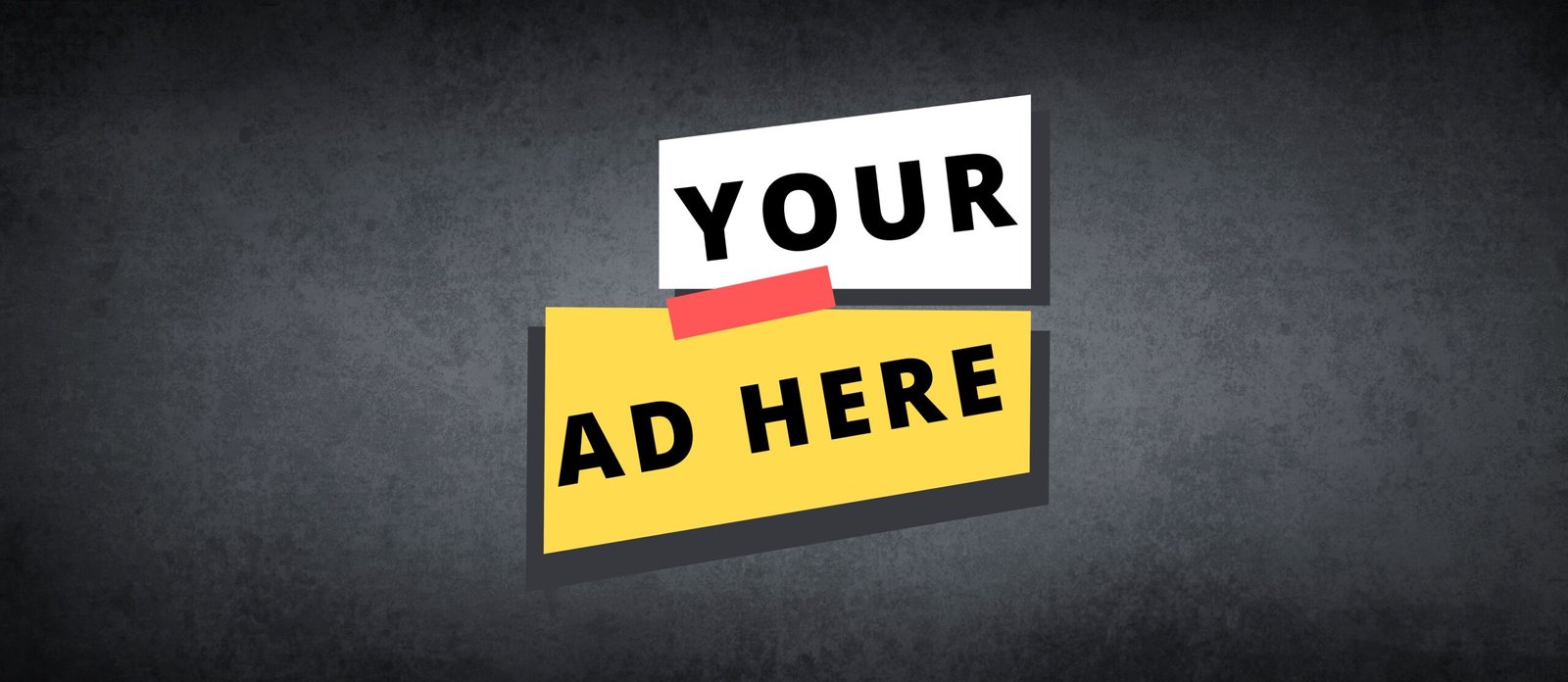Whether you’re applying to an open call, a residency, an art school, or pitching to a gallery, your portfolio is your most important tool. A powerful art portfolio not only showcases your technical skills and creativity but also tells a compelling story about who you are as an artist.
Here’s a step-by-step guide to building a professional, captivating portfolio that gets noticed:
1. Define Your Purpose
Before you begin compiling work, ask yourself:
- What is this portfolio for? (Residency, school, grant, exhibition?)
- Who is the audience? (Curators, jurors, collectors?)
Tailor your portfolio to suit the specific opportunity. A portfolio for an MFA application will differ from one intended for an art fair.
2. Curate Thoughtfully
More is not always better. Select 8–12 of your strongest works. Focus on:
- Quality over quantity
- Cohesion: Do the pieces relate thematically or conceptually?
- Evolution: Show growth and range over time if possible
Example: An artist applying for a social practice residency may include works centered on community, collaboration, and public engagement.
3. Organize with Intention
Arrange your portfolio so it tells a story:
- Begin with a strong piece
- Group similar works together
- End on a memorable note
Use titles, dates, and medium descriptions consistently.
Tip: Use simple file names and a clear structure. Example: 01_Title_Medium_Year.jpg
4. Include an Artist Statement
A short paragraph that explains your practice, themes, and intentions. Customize it slightly for each application.
Example: “My work explores the intersection of memory and materiality through textile-based installations, often referencing Persian storytelling traditions.”
5. Add Contextual Captions
Every image should include:
- Title
- Year
- Medium
- Dimensions
- Short description (optional, if it adds value)
Example: “Weaving Resistance,” 2023. Hand-dyed cotton, protest banners, 250 x 300 cm. Created during the Woman, Life, Freedom movement.
6. Provide Supporting Documents
Depending on the opportunity, you may also include:
- CV or Resume
- Exhibition list
- Press or publications
- Letters of recommendation (if requested)
7. Format for Accessibility
- Submit as a single PDF unless otherwise requested
- Use high-resolution images (but not too large to slow loading)
- Keep the design clean and professional (avoid flashy graphics)
8. Test Before Sending
Always:
- Proofread for typos
- Check that all links work
- View your portfolio on desktop and mobile
Final Thoughts
Your portfolio is your visual voice. Take your time, update it regularly, and don’t be afraid to seek feedback from mentors or peers. A strong portfolio can open doors you didn’t even know existed.
Need feedback or looking for opportunities to use your portfolio? Visit Artinfoland.com and explore open calls tailored to your practice.



















